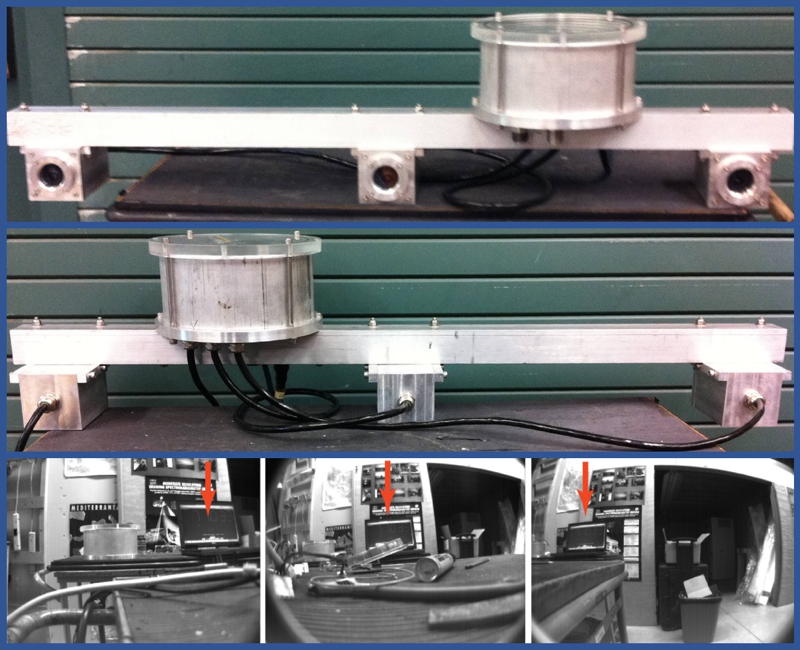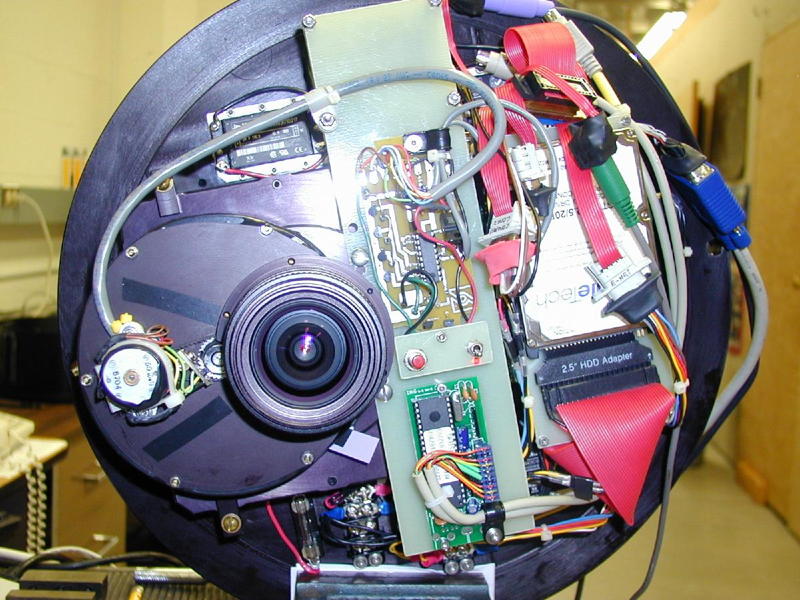Ocean Optics
The Atmospheric and Oceanic Optics Group in the Physics Department at the Univ. of Miami, conducts research in both theoretical and experimental environmental optics. I started interacting with this group early on as a marine geophysics graduate student, and have become more invoved since joining the Physics Department in 2009.
Early on, my work with this group focused on sensor development, stereo vision, and image classification. One of our early projects was "Stereofish2," a diver-based instrument to collect underwater stereo images. Stereofish2 had two key innovations relative to other underwater stereo vision systems at the time: low-cost and a large sampling volume.
A second early project was called MSCAM (MultiSpectral CAMera - not the most creative name, I know!) MSCAM was a diver-based instrument that was designed to test theories about the spectral seperability of coral reef benthos and substrate. We learned a lot of lessons from MSCAM, but the main one was that combining both spectral and textural approaches to benthic image classiciation was more powerful that using either one alone.
More recently, I have been working with this group and other partners on the problem of vicarious calibration of ocean color satellite imagery. The two main components of this work are maintenance and upgrades to the MOBY buoy, and measuring and modeling the oceanic bidirectional reflectance distribution function (BRDF). Both of these are active projects with more details on the pages linked above.
Some of our cameras:
 3-camera stereo system "Stereofish2"
3-camera stereo system "Stereofish2"
 Interior of MSCAM
Interior of MSCAM
 ART GLEASON | Ocean Optics
ART GLEASON | Ocean Optics